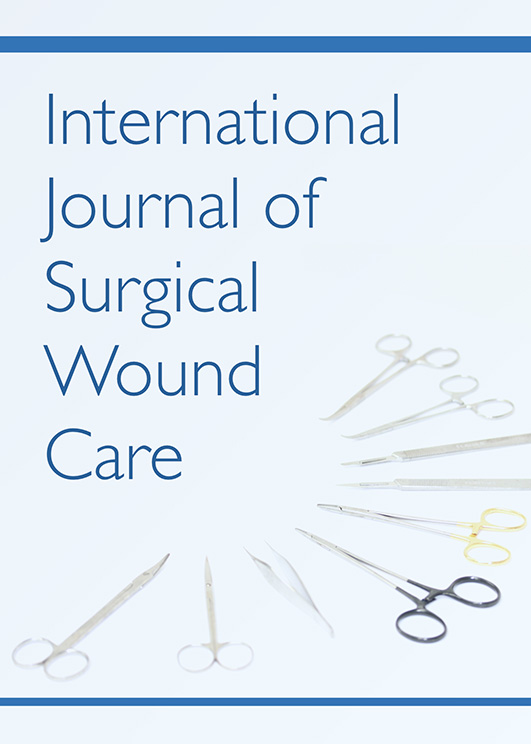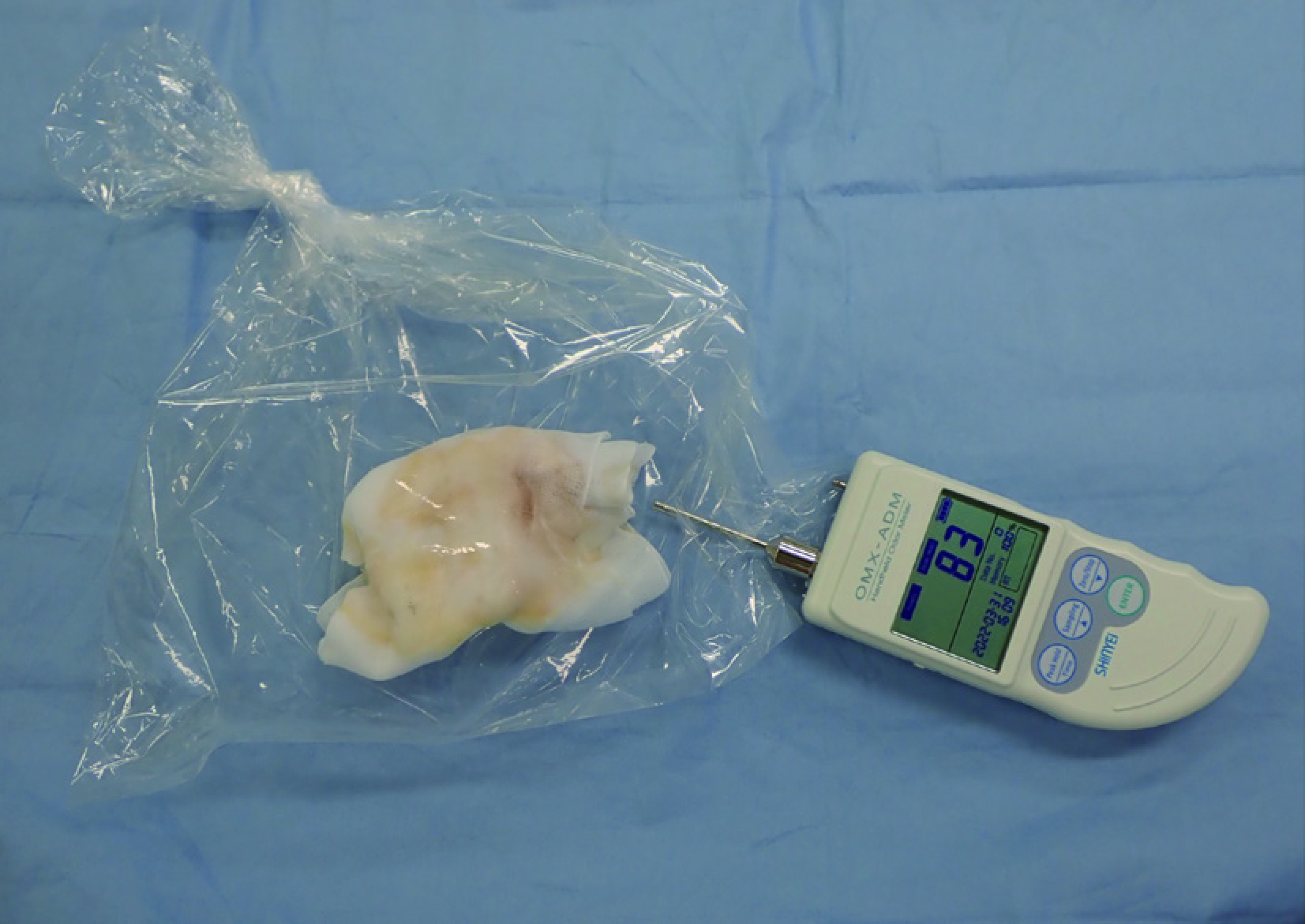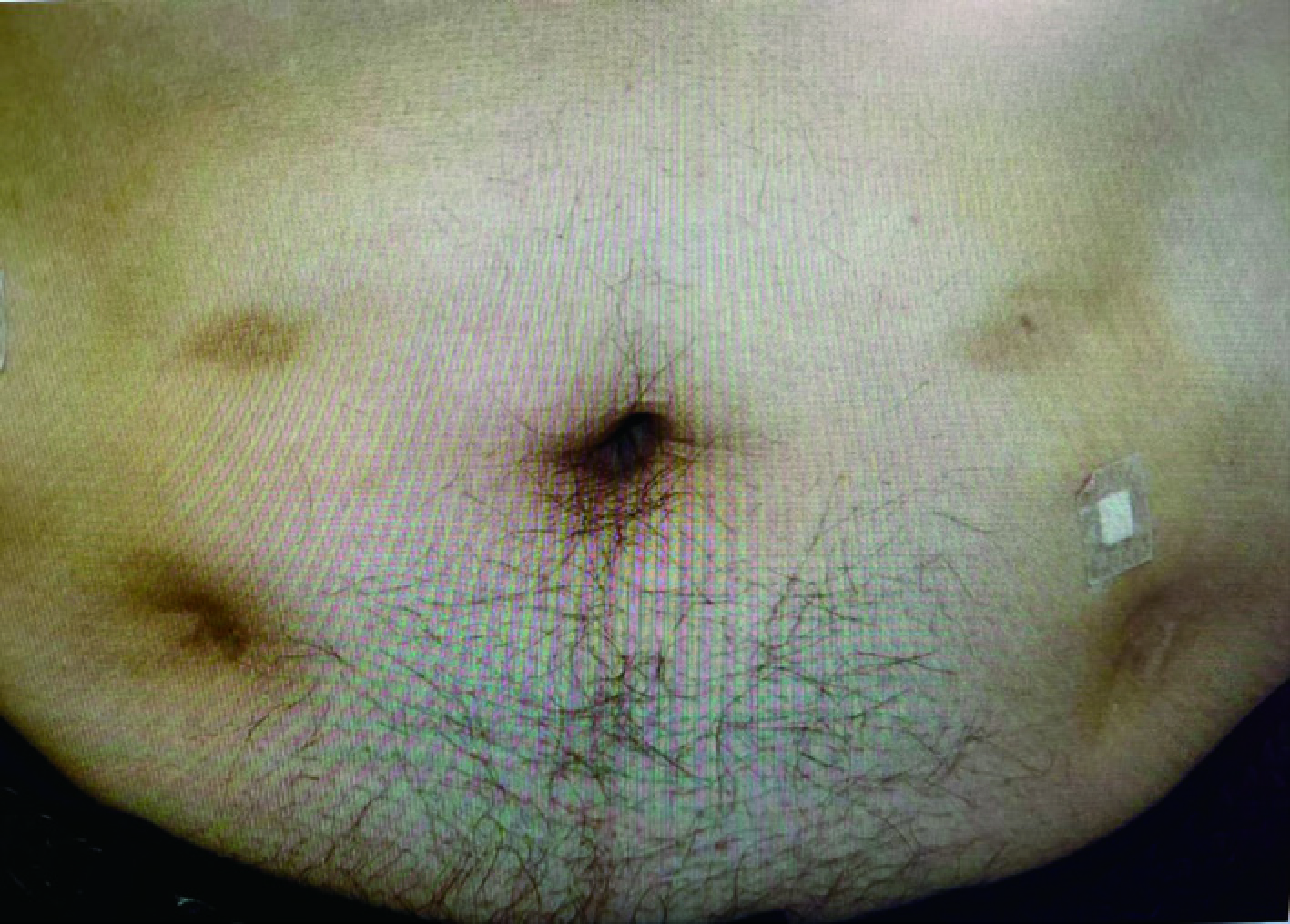Volume 4, Issue 4
Displaying 1-8 of 8 articles from this issue
- |<
- <
- 1
- >
- >|
Original Articles
-
2023Volume 4Issue 4 Pages 128-132
Published: December 01, 2023
Released on J-STAGE: December 01, 2023
Download PDF (1157K) -
2023Volume 4Issue 4 Pages 133-138
Published: December 01, 2023
Released on J-STAGE: December 01, 2023
Download PDF (1117K)
Case Reports
-
2023Volume 4Issue 4 Pages 139-141
Published: December 01, 2023
Released on J-STAGE: December 01, 2023
Download PDF (1218K) -
2023Volume 4Issue 4 Pages 142-145
Published: December 01, 2023
Released on J-STAGE: December 01, 2023
Download PDF (1200K) -
2023Volume 4Issue 4 Pages 146-149
Published: December 01, 2023
Released on J-STAGE: December 01, 2023
Download PDF (1173K) -
2023Volume 4Issue 4 Pages 150-154
Published: December 01, 2023
Released on J-STAGE: December 01, 2023
Download PDF (1726K) -
2023Volume 4Issue 4 Pages 155-159
Published: December 01, 2023
Released on J-STAGE: December 01, 2023
Download PDF (2036K) -
2023Volume 4Issue 4 Pages 160-164
Published: December 01, 2023
Released on J-STAGE: December 01, 2023
Download PDF (1641K)
- |<
- <
- 1
- >
- >|








